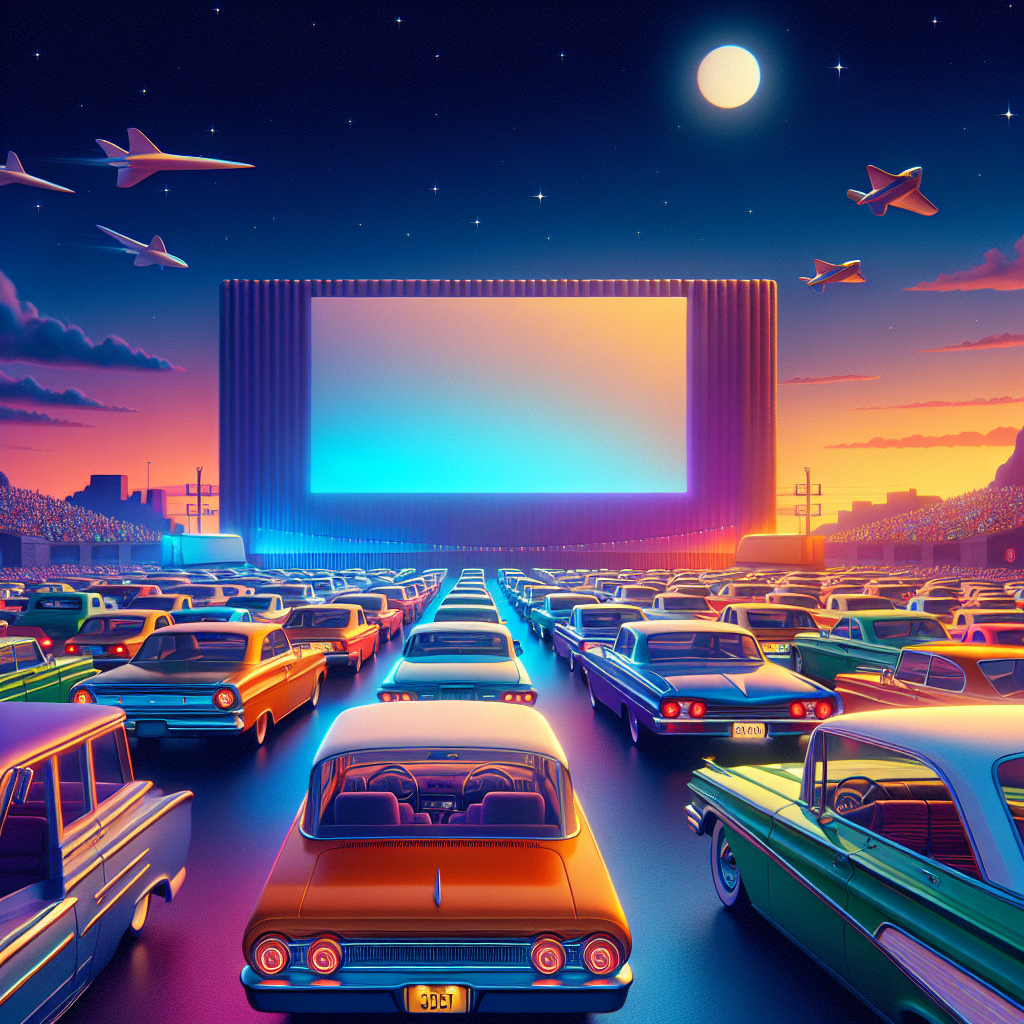The Comeback of Drive-In Theaters: Nostalgia Meets Modernity
Imagine a world where you can watch the latest blockbuster from the comfort of your car, popcorn in hand, and the stars above. This isn't a scene from a 1950s movie; it's the resurgence of drive-in theaters in the 21st century. Once a staple of American culture, drive-in theaters are making a surprising comeback, especially during the COVID-19 pandemic. With social distancing becoming the norm, these outdoor cinemas offered a safe and nostalgic way to enjoy films. The trend began to pick up in 2020, with drive-ins popping up in parking lots and open fields across the United States, from California to New York. The revival is driven by a mix of nostalgia, safety concerns, and a desire for unique experiences.
Drive-in theaters first gained popularity in the 1950s and 60s, offering a novel way to watch movies. Families and couples would pile into their cars, park in front of a giant screen, and tune their radios to catch the film's audio. It was an experience that combined the thrill of cinema with the comfort of one's own vehicle. However, as indoor theaters became more sophisticated and urban sprawl took over, drive-ins began to decline. By the 1990s, they were nearly extinct, with only a few hundred remaining in the U.S.
The pandemic, however, breathed new life into this forgotten pastime. With indoor theaters closed or operating at limited capacity, drive-ins provided a safe alternative. They allowed people to enjoy movies while maintaining social distance, as each car acted as its own little bubble. This resurgence wasn't just about safety; it was also about the experience. Watching a movie under the stars, with the sound of crickets in the background, offered a sense of nostalgia and escapism that many craved during uncertain times.
While the revival of drive-ins has been largely positive, it's important to consider the challenges they face. Weather can be unpredictable, and not every location is suitable for an outdoor theater. Additionally, the technology used in drive-ins, such as FM transmitters for audio, can sometimes be unreliable. There's also the issue of light pollution in urban areas, which can affect the quality of the viewing experience. Despite these challenges, many drive-ins have adapted by offering double features, themed nights, and even live events to attract audiences.
Critics of the drive-in revival argue that it's a temporary trend, driven by the unique circumstances of the pandemic. They point out that once indoor theaters fully reopen and people feel safe returning to them, drive-ins may once again fade into obscurity. However, supporters believe that the nostalgia and unique experience offered by drive-ins will continue to draw crowds, even in a post-pandemic world. They argue that drive-ins offer something that indoor theaters can't: a sense of community and a connection to the past.
The resurgence of drive-in theaters is a fascinating example of how old traditions can find new life in modern times. It shows that even in a world dominated by streaming services and digital media, there's still a place for the simple pleasure of watching a movie under the stars. Whether this trend will continue remains to be seen, but for now, drive-ins are enjoying their moment in the spotlight. As we move forward, it will be interesting to see how they adapt and evolve to meet the changing needs and desires of audiences.

